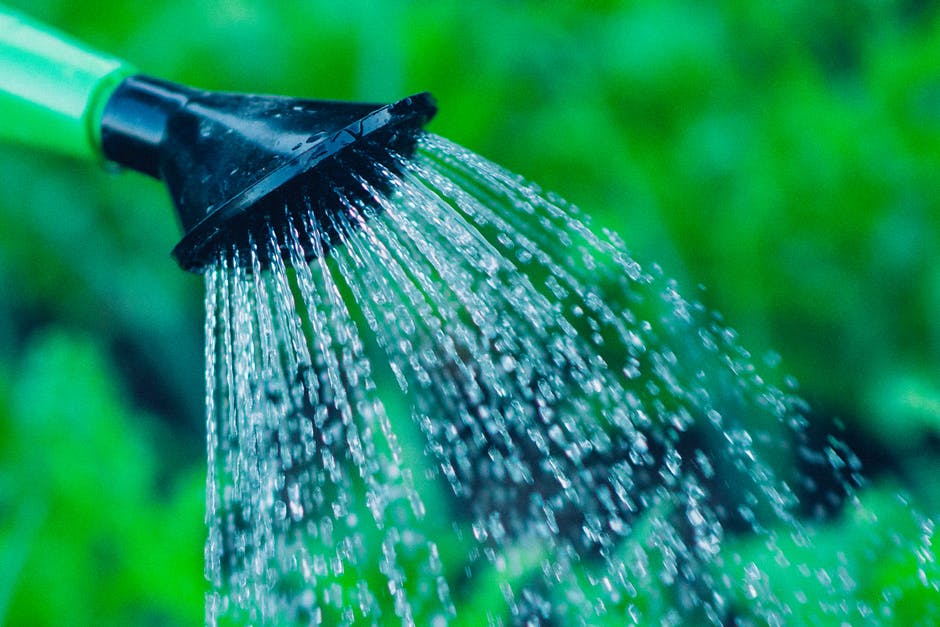
When you think of a healthy lawn, your mind probably goes straight to the color green. A lush, green lawn is a healthy one – or at least it’s the ideal lawn ‘round these here parts. If you’ve been trying to get just the right shade to make your neighbors green with envy, then there are a few things you have to do. Don’t worry, they’re not difficult, they just take time, determination, and a little elbow grease.
The first thing to wrap your head around is the reason why grass is green in the first place. It has to do with light, water, and nutrients, all of which contribute to your lawn’s process of feeding itself, aka photosynthesis. Let’s dive into all the ways you can give your grass those essential building blocks for a greener lawn!

Aerate
Aeration. Maybe you’ve never heard of it, let alone done it. Or maybe you’ve discovered after the summer of 2013 it’s your arch nemesis. However you feel or don’t feel about aeration, you can’t get around the fact that you have to do it.
See, over time, the soil in your lawn becomes compacted. This compaction leads to issues with water drainage, air circulation, and nutrient absorption. Plus, compacted soil doesn’t create an ideal environment for beneficial beasts, such as earthworms, to do their magic. Yep, a compacted lawn is not a green one.
Regular lawn aeration can solve this issue. It provides a proper environment for your grass to grow. It will also make the delivery of water and other nutrients more efficiently, and fill your lawn with a ton of established micro-organisms that will feed it naturally and prevent thatch buildup. It’s really a win-win, though we would suggest renting an aerating machine to make it easier for you. We don’t want a repeat of summer 2013; that was terrible.
Water Your Lawn
The number one question people have about watering their lawn is how much is enough? If you’re flipping on the sprinkler for a couple of minutes a few times a week, then you’re doing it wrong. The formula for perfect, green grass is to water deeply, but less often.
You should water your grass with about an inch of water once each week, but only once. This could vary depending on your local weather, but that’s the general rule of thumb. Also, water at the end of the day or in the morning to reduce evaporation.
How do you know you’re delivering one inch of water? Just put an empty can in the grass as you water. When you’ve collected one inch in the can, then you’re done! Voila!
Recycle Your Clippings
There’s this idea floating around that grass clippings are bad for your lawn. Well, guess what? Your retired neighbor that cuts his lawn roughly three times per week and rakes up the grass clippings each time? He’s not as smart as he thinks he is.
If you are that retired neighbor and you collect your grass clippings, we’re sure you are smart, but you need to stop doing that! The clippings serve as natural mulch, helping the grass to retain water. It improves the health of your lawn to leave the clippings after you mow and it improves the soil texture as well as reduces the need for fertilizers. Not to mention, it saves a ton of time to just leave them be.
If you want to get super fancy, invest in a mulching mower. Or you could grow a beard, adopt a hipster lifestyle and go with a reel mower – they work the same. The choice is really up to you. But I’d put a lot of thought into whether or not a beard is the right option for you.
These are just a few of the tips we have to help you have the greenest grass ever! They’re simple and easy – look for more tips in the weeks to come!